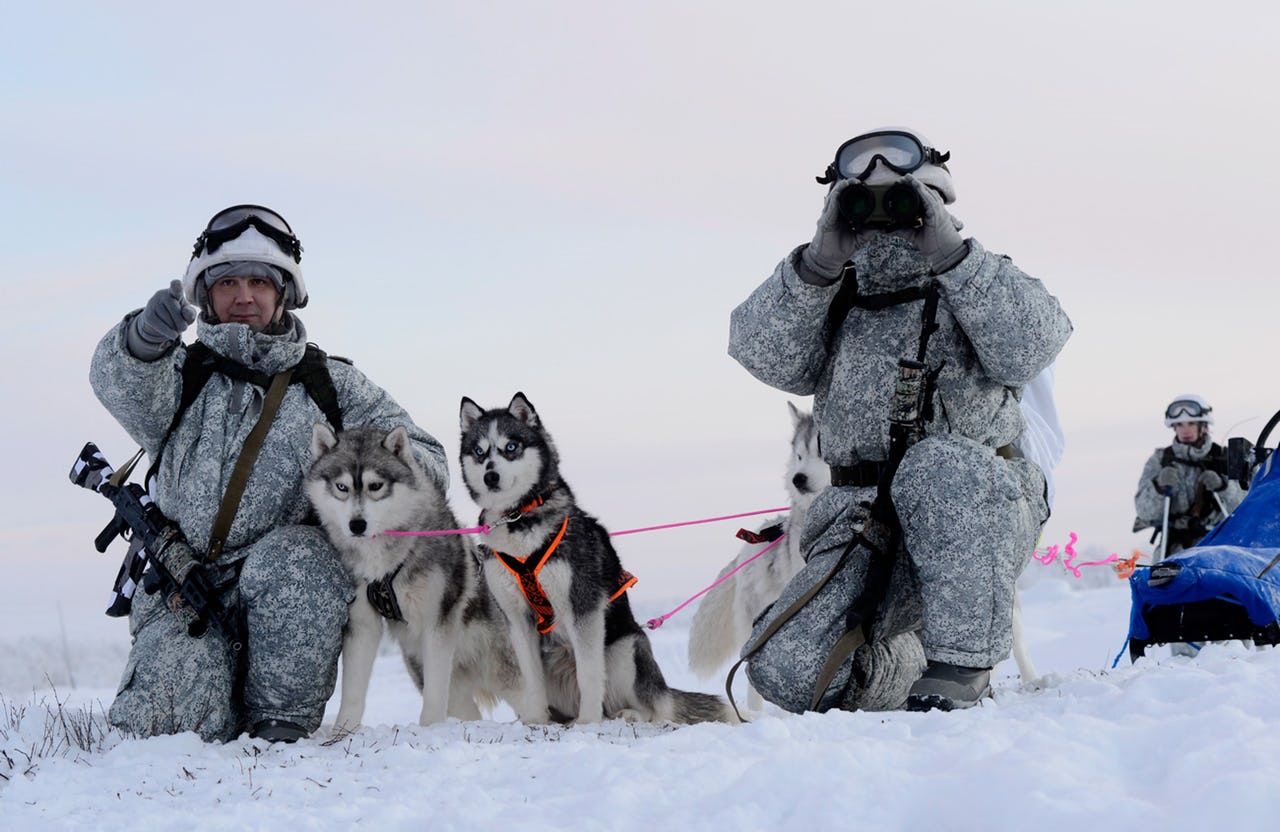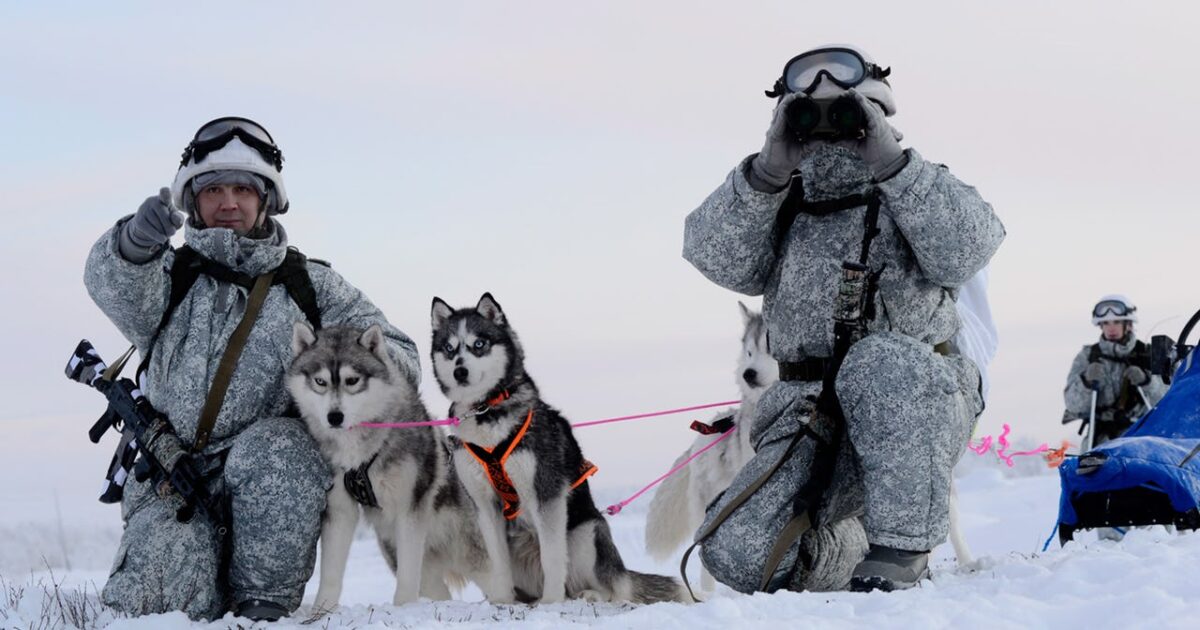This post was originally published on this site

Donald Trump has renewed interest in acquiring Greenland, citing its strategic geopolitical position, rich natural resources, and increasing accessibility due to climate change.
Greenland, the world’s largest island and a semi-autonomous territory of Denmark, lies between North America and Europe, making it vital for U.S. security, particularly against potential threats from China and Russia.
Under a 1951 agreement, the island is also home to Pituffik Space Base, the northernmost U.S. military outpost, equipped with missile warning systems.
The U.S. Department of Defense’s 2024 Arctic Strategy highlights the critical importance of Alaska and Greenland in bolstering U.S. national defense and maintaining Arctic stability.
As the northern approaches to the homeland, the Arctic hosts essential defense infrastructure, including NORAD-managed aerospace warning and control systems vital for homeland security and projecting military power to the Indo-Pacific.
Greenland’s strategic location between North America and Europe makes it indispensable within NATO’s Arctic framework, serving as a northern flank for force projection and protecting Atlantic sea lines of communication.
Additionally, climate change has increased Arctic navigability, elevating the economic and military significance of chokepoints like the Bering Strait and Barents Sea, further underscoring Greenland’s role in U.S. defense strategy.
Greenland’s strategic location along the shortest route between Europe and North America makes it vital to U.S. ballistic missile warning systems and the monitoring of Russian and Chinese military activity.
In recent years, Arctic incursions near Alaska, Canada, and Greenland have increased significantly. In July 2024, NORAD intercepted Russian Tu-95 and Chinese H-6 bombers operating in the Alaska Air Defense Identification Zone (ADIZ), marking the first recorded instance of Chinese military aircraft near North America.
In September 2024, four Russian aircraft, including Tu-142s and Il-38s, were tracked in the Alaska ADIZ, remaining in international airspace. Later that month, a Russian Su-35 fighter jet conducted dangerously close maneuvers near a U.S. F-16, coming within 50 feet.
These incidents underscore Greenland’s critical role in U.S. defense. Securing Greenland as part of the U.S. defense strategy would enhance domain awareness, improve interoperability with NATO allies, and strengthen deterrence capabilities, anchoring both Alaska and Greenland within a comprehensive Arctic security framework.
China’s activities in the Arctic highlight its strategic intent to increase influence, access resources, and reshape regional governance, despite not being an Arctic nation.
China operates three icebreakers—Xue Long, Xue Long 2, and Zhong Shan Da Xue Ji Di—supporting dual civil-military research efforts, including unmanned underwater vehicle tests and polar-capable aircraft.
The People’s Liberation Army Navy (PLAN) has also demonstrated its intent to operate in the region through joint exercises with Russia.
China’s 2018 Arctic Policy frames the Arctic as a “global commons,” advocating for non-Arctic states to contribute to the region’s “shared future for mankind” while pursuing its own interests.
Through its “Polar Silk Road,” China has sought infrastructure and resource investments in the Arctic, including in the territories of NATO Allies, aiming to shift governance in its favor.
These activities underscore the growing importance of securing U.S. interests in the Arctic, including Greenland, to counter Chinese influence and ensure regional stability.
Russia’s Arctic strategy underscores the region’s critical role in its security and economic priorities.
Designated as Russia’s second-most important region after its “near abroad” in its 2023 Foreign Policy Concept, the Arctic is home to extensive military infrastructure, including the Kola Peninsula, which houses Russia’s Northern Fleet and strategic nuclear forces, such as submarine-launched ballistic missiles.
Despite losses in Ukraine, Russia continues to invest in Arctic military capabilities, refurbishing Soviet-era installations and maintaining strategic, air, and maritime forces capable of threatening the U.S. homeland and NATO Allies.
Russia’s Arctic-based capabilities pose a direct challenge to U.S. power projection to Europe and the Indo-Pacific. Its maritime infrastructure supports excessive claims along the Northern Sea Route (NSR), placing illegal restrictions on foreign vessels and threatening enforcement by force. Additionally, destabilizing activities such as GPS jamming and unprofessional military flights further exacerbate tensions in the region.
The growing collaboration between Russia and China in the Arctic amplifies the threat. Isolated by its invasion of Ukraine, Russia increasingly relies on China for financing Arctic energy infrastructure and purchasing resources, with the Arctic accounting for 80% of Russia’s natural gas production and nearly 20% of its petroleum output.
Military cooperation between the two nations is also increasing, with joint naval exercises near Alaska in 2022 and 2023, and agreements between their coast guards on maritime law enforcement.
This partnership raises concerns about expanded Chinese presence in the Arctic, further complicating U.S. and Allied efforts to maintain stability and security in the region.
Apart from defense, there is an economic case for the purchase of Greenland. The island possesses vast reserves of critical minerals, including lithium, graphite, and rare earth elements essential for renewable energy technologies, electric vehicles, wind turbines, and military equipment.
With China dominating global rare earth production, Greenland offers the U.S. a strategic opportunity to counter Beijing’s influence. Melting Arctic ice is opening new shipping routes and could make these resources more accessible.
However, environmental restrictions and local opposition have slowed development, leaving Greenland’s economy heavily reliant on fishing and $1 billion in annual Danish subsidies.
Greenland’s Inuit-led government has increasingly pushed for independence, straining relations with Denmark, which has responded by increasing military spending on the island.
While many Greenlanders support independence, they remain divided over its economic implications. Some have proposed a “free association” arrangement with the U.S., similar to agreements with Pacific nations like the Marshall Islands, allowing Greenland to maintain sovereignty while receiving U.S. economic aid and defense guarantees.
However, both Denmark and Greenland’s leaders firmly reject the idea of a U.S. takeover, stressing that Greenland’s future must be determined by its people.
The post The Donroe Doctrine: The National Security Case for Buying Greenland appeared first on The Gateway Pundit.

